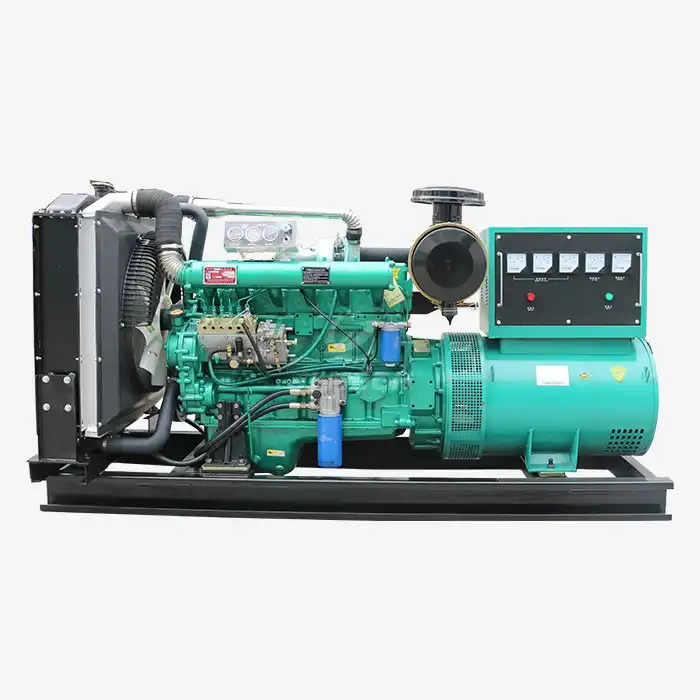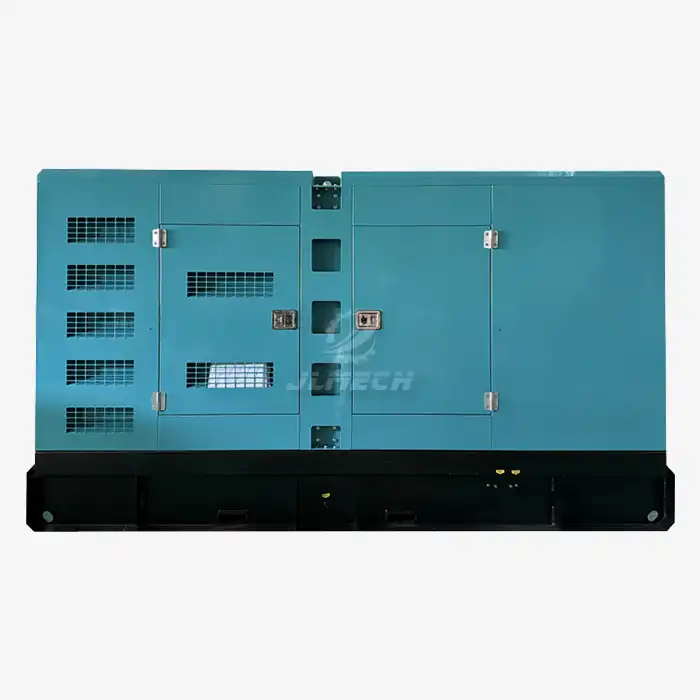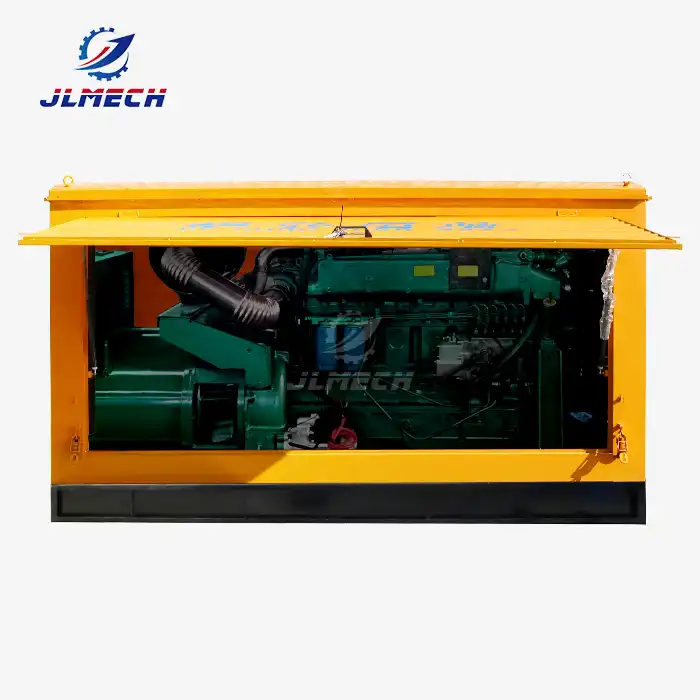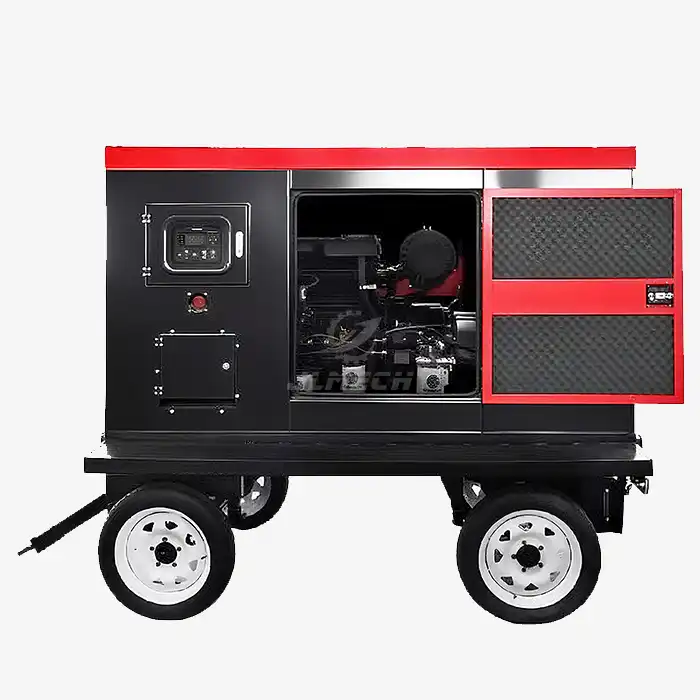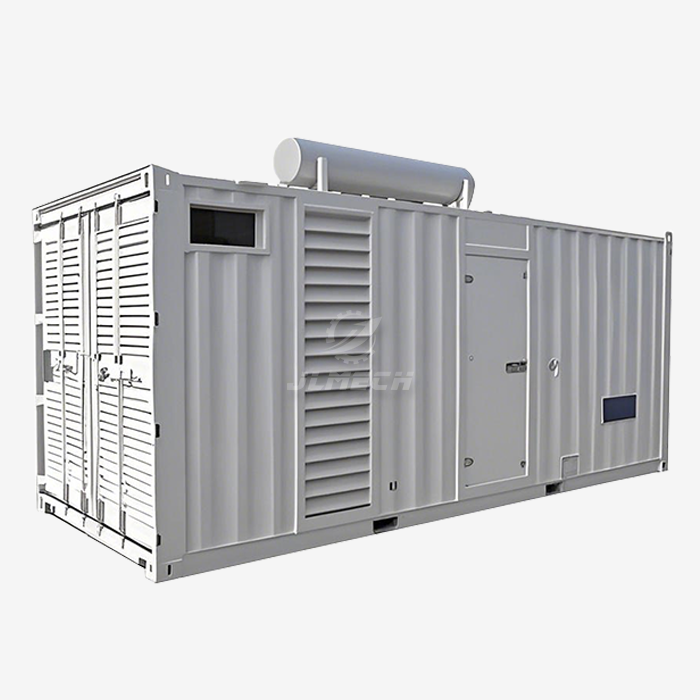What is an emergency power supply?
In our modern world, a continuous and reliable power supply is the lifeblood of businesses, industries, and essential services. A power outage is not merely an inconvenience; it can lead to massive financial losses, disrupt critical operations, and even compromise safety. An emergency power supply is a backup system designed to provide electricity automatically when the main grid fails. Among the various solutions available, a diesel emergency power supply stands out for its robustness, reliability, and ability to deliver high power for extended durations, making it an indispensable asset for serious operational continuity planning.
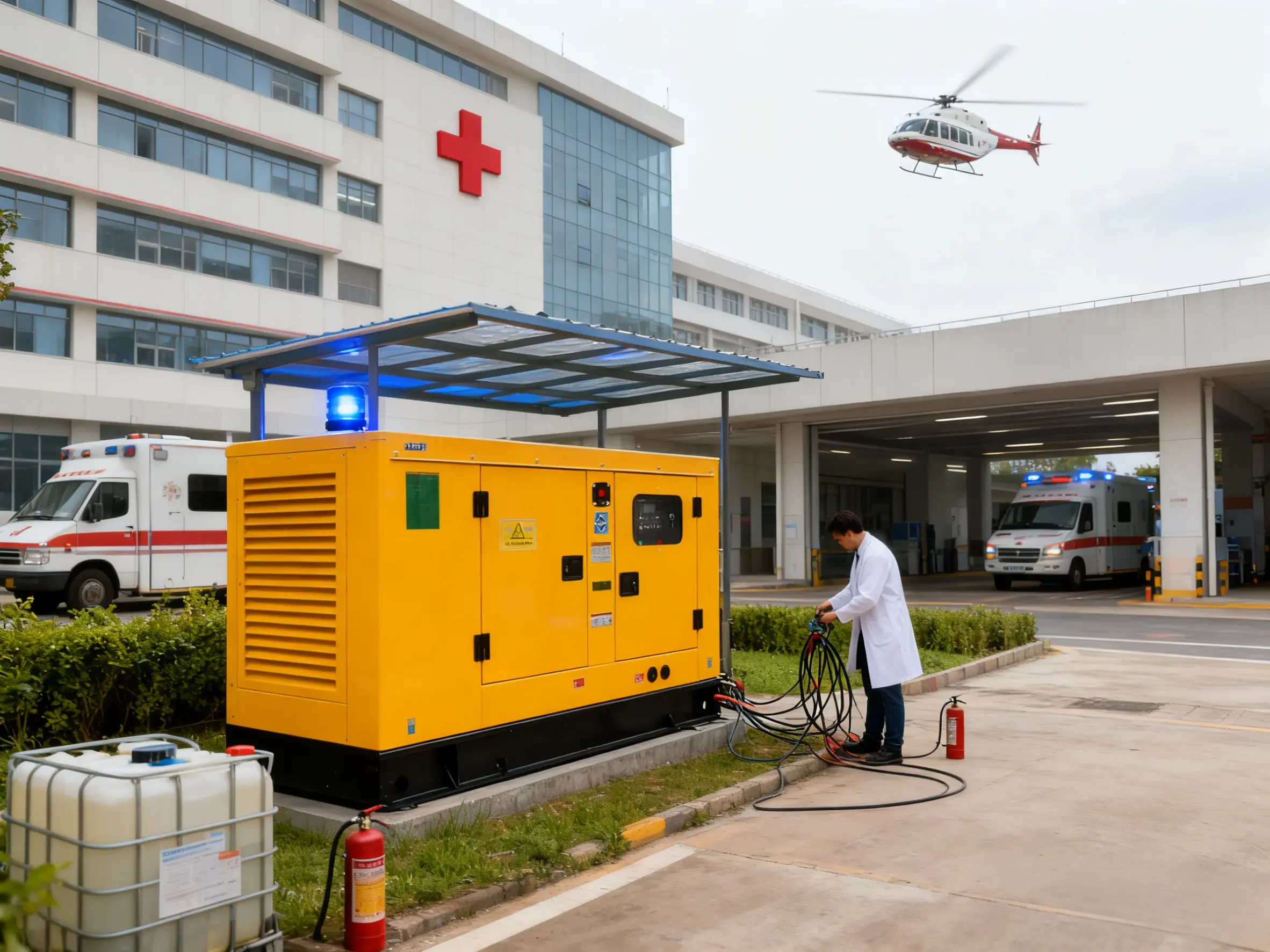
Defining Emergency Power
An emergency power supply is an independent source of electrical power that activates when the normal grid supply is interrupted. Its core purpose is to support critical loads—equipment and systems that must remain operational for safety, security, or to prevent catastrophic downtime. While systems like Emergency Power Supply (EPS) units, which use batteries and inverters to provide near-instantaneous but short-term power, are common for lighting and certain electronics , they have limitations in runtime and power output. For high-power demands and long-lasting outages, a diesel emergency power supply, typically in the form of a diesel generator set, is the preferred solution. These generators are engineered to start automatically, accept large electrical loads, and run for as long as fuel is available.
How It Works
The operation of a diesel generator set is a marvel of seamless automation and power conversion. The system's core components are the diesel engine and the alternator, which work in tandem to produce electricity.
Standby Mode: When the main utility power is stable, the diesel generator remains in a state of readiness. During this time, its control system continuously monitors the quality of the incoming grid power .
Power Failure Detection: The moment a grid failure, severe voltage dip, or frequency fluctuation is detected, the generator's automatic transfer switch (ATS) is triggered.
Automatic Start-up: The control system sends a command to start the diesel engine. Modern units are designed for rapid cold starting, ensuring a quick response to the power outage .
Power Generation and Delivery: Once the engine reaches its stable operational speed (typically leading to 50 or 60 Hz output), the ATS safely disconnects the facility from the faulty grid and connects it to the generator. The alternator, driven by the diesel engine, then begins supplying power to the critical circuits. This entire process from outage to power delivery is crucial and is designed to happen within a short timeframe to meet safety requirements .
Key Applications
A diesel emergency power supply is not a one-size-fits-all solution; it is the backbone of resilience for sectors where power loss is not an option. Its key applications include:
Industrial Manufacturing: Prevents damage to sensitive equipment, halting of production lines, and loss of perishable materials.
Healthcare Facilities: Powers life-support systems, operating theaters, refrigeration for medicines, and critical medical equipment in hospitals .
Data Centers and Telecommunications: Ensures uptime for servers and network infrastructure, preventing data loss and communication blackouts.
Commercial Buildings: Supports elevators, emergency lighting, security systems, and basic building operations.
Water Treatment Plants and Public Infrastructure: Maintains essential services for public health and safety .
System Components
A complete diesel generator system is more than just an engine and an alternator. It is an integrated assembly of several key components:
Diesel Engine: The prime mover, which provides the mechanical energy. Its power output dictates the size of the electrical load the generator can support.
Alternator: The component that converts the mechanical energy from the engine into electrical energy.
Automatic Transfer Switch (ATS): The intelligent brain that monitors the grid and automatically switches the load between the main power and the generator. It ensures both power sources are never connected simultaneously.
Control Panel: The user interface for monitoring and operating the unit. It displays parameters like voltage, frequency, engine speed, and oil pressure, and allows for manual control and system configuration.
Fuel System: Includes a base fuel tank and associated piping designed to supply diesel to the engine. Sizing the tank is critical to achieving the desired runtime during an extended outage.
Cooling and Exhaust Systems: Essential ancillary systems that manage engine temperature and safely vent combustion gases away from the installation site.
Selection Criteria
Choosing the right diesel emergency power supply is a strategic decision. Here are the key factors to consider:
Power Capacity (kVA/kW): This is the most critical factor. The generator's size must be calculated based on the total power requirement of all critical loads you intend to support, plus a margin for future expansion and motor starting currents. Industry standards often recommend a capacity of up to 120% of the anticipated emergency load .
Installation Environment: Will the generator be housed indoors in a dedicated room or placed outdoors? This decision impacts the need for weatherproof enclosures, ventilation, and noise attenuation measures.
Fuel Storage and Autonomy: Determine how long you need the generator to run without refueling. This dictates the size of your fuel storage tank.
Regulatory Compliance: Ensure the selected system and its installation plan comply with all local and national building codes, electrical standards, and environmental regulations for emissions and noise .
Performance and Standards
The reliability of a diesel emergency power supply is underpinned by adherence to strict technical standards and performance metrics. Key benchmarks include:
Starting and Load Acceptance Time: The system must start and be ready to accept the full load within a specified time frame, often seconds, to meet safety curves for critical equipment .
Voltage and Frequency Stability: The output must be clean and stable, maintaining voltage and frequency within acceptable tolerances as defined by standards, even as the load changes.
Compliance with Technical Standards: Systems should be designed and tested in accordance with relevant national and international standards, which may cover aspects from general performance to specific testing protocols for power emergency equipment . These standards ensure the equipment's reliability and safety.
Maintenance Requirements
A generator is a life-saving asset that is only useful if it starts and runs perfectly during a crisis. This makes a disciplined maintenance regimen non-negotiable.
Regular Testing: Conduct weekly or monthly automated self-tests where the generator starts and runs under load for a predetermined period. This ensures all systems are functional.
Scheduled Servicing: Adhere strictly to the manufacturer's maintenance schedule for oil changes, filter replacements (air, fuel, oil), and coolant checks.
Fuel Management: Diesel fuel can degrade over time. Implement a fuel polishing and testing program to prevent microbial growth and sludge buildup, which can clog filters and damage injectors.
Battery Inspection: The starter batteries are the most common point of failure. Regularly check their charge, specific gravity, and terminal connections.
Professional Inspection: An annual comprehensive inspection by a certified technician is recommended to identify and resolve potential issues before they lead to a failure.
Conclusion
Investing in a reliable diesel emergency power supply is an investment in security, operational continuity, and peace of mind. It is the definitive safeguard against the unpredictable, ensuring that when the grid fails, your business, facility, or essential service does not.
References
- GB/T 29328-2018. (2018). Specification for configuration of power supply and self-emergency power supply for important power users.
- Johnson, M. (2022). Emergency Power Systems: A Comprehensive Guide to High-Speed Diesel Generators. Power Engineering Quarterly, 45(3), 78-92.
- DL/T 2524—2022. (2022). Test guide for power emergency power supply equipment.
- National Building Standard Design. (n.d.). *D202-1~2 Standby Power Supply*.



